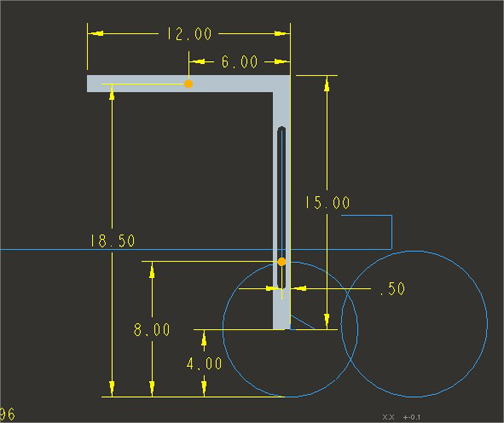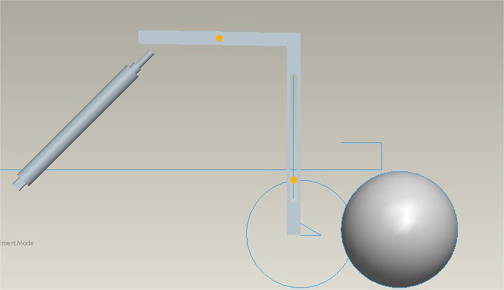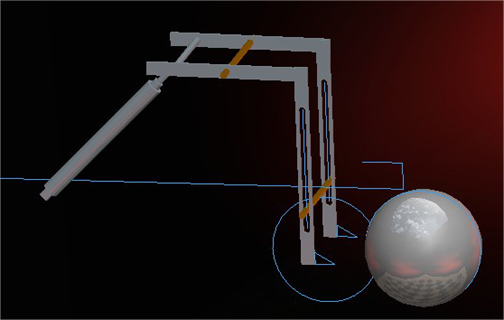Latest News
January 26, 2010



On January 9, Alex Anderson and his teammates from Blue Twilight were among a crowd of 1,500 that had assembled inside University of Minnesota’s Northrop Auditorium, shouting and cheering like the teenage mob that once greeted The Beatles in their American debut on the Ed Sullivan show. But the source of thrill for Alex and his friends weren’t music; it was heavy metal.
The date marked the official start of Minnesota FIRST Regionals, eagerly awaited by FIRST Robotic Competition team members, their fans, parents, and mentors. This year, kick off is more than a figure of speech, because the challenge is “Soccer with a Twist.” As seen in the demonstration clip below (from FIRSTWorldTube channel on YouTube), each team must attempt to score by kicking, rolling, and shooting a standard soccer ball into designated goals.
According to the official rules of the breakaway (April 1-3), the contest involves an “autonomous period, a two-minute ‘teleoperated’ period, where human players control the robots to score points, and a 20-second ‘finale’ period, where the robots will attempt to climb a ramp or hang above the playing field.” Needless to say, the kicking mechanism will play a critical role in each robot.
Ed Anderson, Alex’s dad and the team’s CAD mentor, observed, “Since the bumper can be a certain range of heights above the ground, and the ball is allowed to go under the bottom of the bumper to a maximum penetration of six inches, we reasoned that at maximum penetration, the maximum elevation we can put on the ball as we kick it is determined by the bottom edge of the bumper. To determine that elevation, we needed to plot a line tangent to the ball and coincident with the foremost bottom corner of the bumper, then calculate that line’s angle from horizontal. [PTC‘s] Pro/ENGINEER [the team’s choice of CAD] did all the heavy lifting for us, and when we raised or lowered the bumper, it steepened or shallowed the angle automatically also, so we could get immediate feedback on our possible kick angle.”
When Alex needed help animating the kicking mechanism, he contacted Todd Kraft from PTC, who, as Ed remembered, “was incredibly helpful” in visualizing “what the actual kicking surface would look like.”
In the team’s blog, the last update (Jan 23) reads, “Lots of team parents volunteered and started cutting the wood needed to build the field for this years game, Breakaway ... Things in the other groups are still progressing smoothly, and everyone is optimistic and working hard.”
To view a photographic chronicle of the team, go to Desktop Engineering’s Facebook fan page.
Subscribe to our FREE magazine, FREE email newsletters or both!
Latest News
About the Author
Kenneth Wong is Digital Engineering’s resident blogger and senior editor. Email him at [email protected] or share your thoughts on this article at digitaleng.news/facebook.
Follow DERelated Topics






